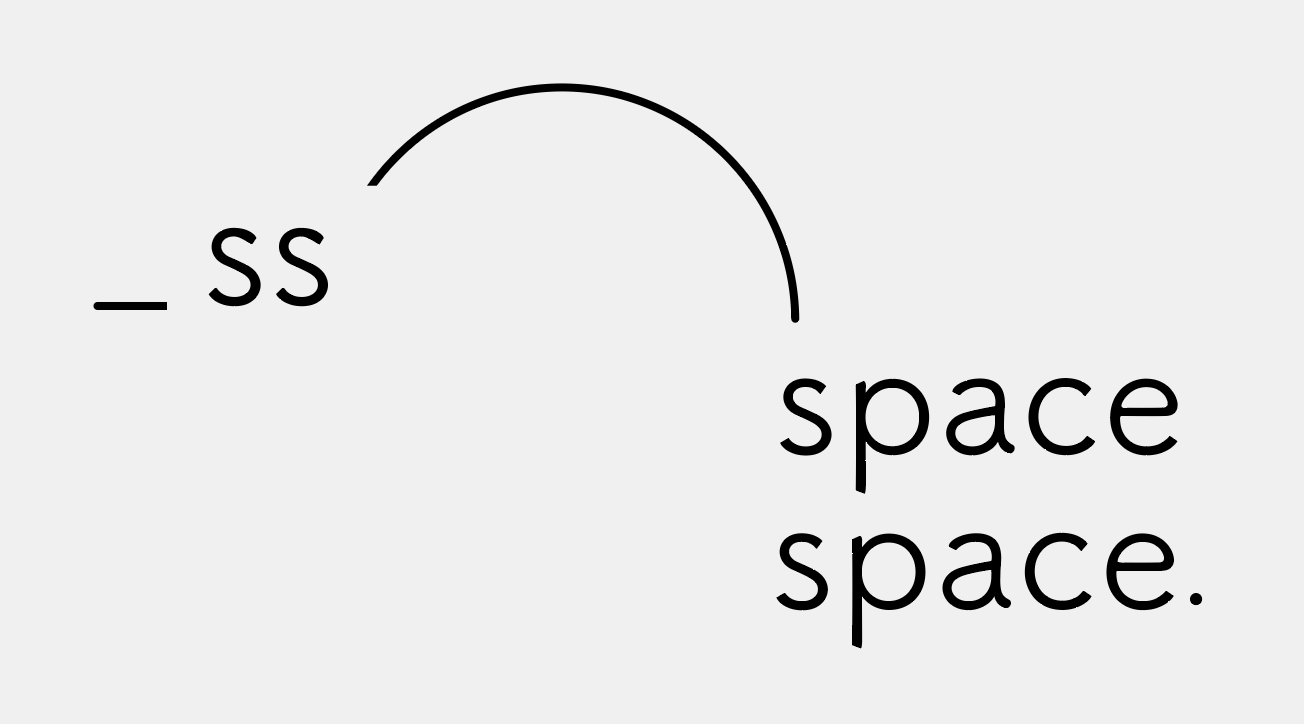Over a century ago, Marcel Duchamp signed a porcelain urinal with the pseudonym R. Mutt and titled it Fountain. This gesture marked a turning point in the relationship between everyday objects and art: the meaning of the readymade no longer depended on function but became a medium for thought and perception through the transformation of context.
Today, however, the objects that populate our daily lives no longer exist solely within direct, physical experience. Our encounters with things are now mediated by screens, algorithms, and digital models—we often see them before we use them, and increasingly, we engage with virtual objects that never exist in the real world. In an age where simulation and imagination precede reality, the definition of the readymade has been reopened. It no longer concerns artistic form alone, but reflects how our relationship with objects is being reshaped within a digital environment. How, then, might art allow us to rethink the presence and perception of the material world?
‘Temporary Manual for Things’ brings together three artists whose practices each respond to this question through sculpture, painting, and mixed-media installation. Their works trace the shifting condition of everyday objects—whether as material, as a medium for perception, or as vessels of memory—probing how meaning may re-emerge when function, language, or familiarity begin to fail.
Pingen Kuo approaches the readymade through the act of looking, examining how perception redefines the status of things. Introducing everyday objects into painting and installation, he emphasises their bodily presence within the act of making. A worn carpet or a cabinet’s surface is not merely a mark of use, but a recurring subject of observation and a source of creative impulse. When two paintings are placed side by side to form an incongruent landscape, the viewer is compelled to confront painting not as a window to illusion, but as an object in itself. Through this heterogenous juxtaposition, Kuo explores how objects, colours, forms, and the body together shape our sensory experience. For him, the readymade is not a static sign but a method through which perception can be continually re-examined.
In Henry Burns’s practice, objects are placed within provisional structures that he repeatedly dismantles, reassembles, and recycles, keeping his installations in a state of openness and incompletion. Within these seemingly accidental arrangements, materials interact, support, resist, and respond to one another—bearing weight, absorbing pressure, or altering texture under changing light. Such relationships reveal that objects are never passive matter but active participants in the formation of space and meaning. Burns transforms the readymade from an object of use into an agent of action, revealing the improvisational vitality of the material world.
Hojan’s paintings, meanwhile, prompt reflection on the emergence and disappearance of things within everyday life. Reinterpreting familiar forms and domestic scenes, she renders objects as fragments of memory that hover between attention and neglect. These elements mirror how human awareness shapes the presence of the world around us: when ignored, things sink into the periphery; when seen, they regain a quiet weight of being. Her works do not merely depict the visible, but materialise the interval between forgetting and looking, allowing viewers to perceive what is often concealed by habit. In her practice, the readymade is not static but becomes an echo of time and consciousness.
Across the exhibition, the three artists evoke renewed sensitivity towards material presence and question how our relationship with objects continues to evolve. When things are no longer merely objects of observation but become co-constructors of perception and thought, they take part in shaping our shared existence between the real and the virtual. Through texture, weight, and touch, these works remind us that matter itself retains the capacity to generate meaning—and invite us to relearn how to sense, and to coexist, with the world of things.
Curatorial Team: Sara Wu, Sean Tseng
一百多年前馬塞爾・杜象以化名「R. Mutt」簽署在一件橫置的小便斗上並將其命名,這件作品便使日常物件在藝術語境中展生了轉折:現成物的意義不再依附於功能,而是透過語境的轉換成為思考與觀看的媒介。直至今日,日常生活中的物件早已不再單純存在於現實經驗當中,我們對物件的經驗多半透過螢幕、演算法所建構的影像與模型展開——我們往往「看見」先於「使用」,甚至許多時候是面對那些不曾存在於現實的虛擬物件。因此,在擬真與想像先於真實的當代,現成物的定義似乎重新被打開——它不僅關乎藝術的形式,更回應我們與物件之間的關係如何在數位環境中被重塑。然而,藝術又如何讓我們重新思考「物」的存在與感知呢?
本次展覽「臨時使用說明書 (Temporary Manual for Things)」聚焦於三位藝術家如何從不同的實踐中回應此問題。透過雕塑、繪畫與複合媒材裝置,他們描繪日常物件在當代的狀態,無論是將其作為材質、作為觀看的媒介,抑或是作為記憶的容器,三位藝術家透過各自的方式探索物件在其功能、語言或經驗失效時,他們如何重新產生意義。
藝術家郭秉恩從觀看的經驗切入,其創作試圖理解現成物如何在感知中被重新定義。他將日常物件引入繪畫與裝置,強調它們在身體性經驗中的在場作用。一張地毯的磨損、一個櫃子的表面,這些看似日常的現象不僅僅是物件被使用後的痕跡,更是直接郭秉恩經常觀看的對象與創作靈感。當他將兩幅繪畫並置、製造出不連貫的風景時,觀者被迫意識到繪畫不再是通往幻象的窗口,而是作為物件本身的存在。這種異質的並置嘗試探討物件、顏色、形狀與身體共同塑造知覺的過程。對他而言,現成物並非靜態的符號,而是一種能夠在觀看過程中被重新理解的方法。
在亨利・伯恩斯(Henry Burns) 的創作中,物件被置於暫時性的結構之中,並透過持續拆解、重組與循環,讓裝置處於開放與未完成的狀態。在其作品中那些看似偶然的結構裡,物件彼此作用、相互支撐、抵抗與回應——物件如何承重、如何抵抗力量、如何在光線下改變質感等。這些關係透露著物件並非被動的材料,而是成為積極參與空間與意義的生成者。亨利・伯恩斯的實踐讓現成物從「被使用」的角色轉化為行動者,呈現物質世界自身的即興與生命力。
詹賀的繪畫則引導我們思考日常境況中的浮現與遺忘。她重新詮釋事物的形態,描繪生活中的場景與物件,使其如記憶的碎片般在畫面中浮現。這些元素在被收拾、被注意、或被忽略的過程中,映照出人與環境的關係:當我們閒置它們時,它們沉沒於角落;當我們凝視時,它們便重新獲得存在的重量。她的創作不僅是對周遭事物的再現,更具體化了遺忘與凝視之間的縫隙,讓觀者感知那些被日常習以為常所掩蓋的存在。現成物在她的作品中,不是靜止的物,而是時間與意識交織後的回聲。
在此展覽中,三位作品不僅喚起對物質的感受,也描繪了我們與物之間的關係。當物不再只是被觀看的對象,而成為知覺與思考的共構者時,物在真實與虛擬之間,持續形塑我們與世界的共存關係。因此,期待能藉此展覽重新開啟對物的感知多重面向:透過質地、重量與觸感的回歸,提醒我們物具有生成意義的力量。
策展執行|吳依宣、曾彥翔





